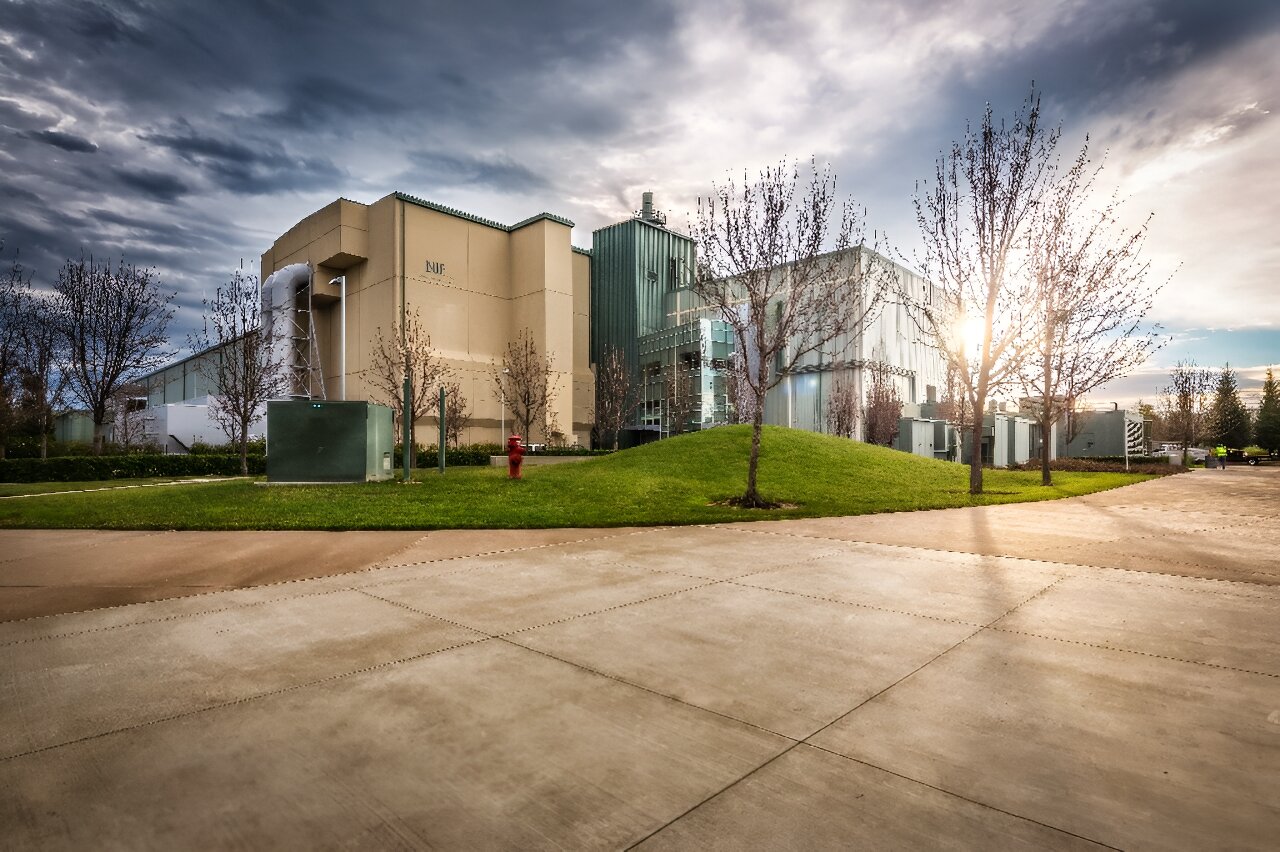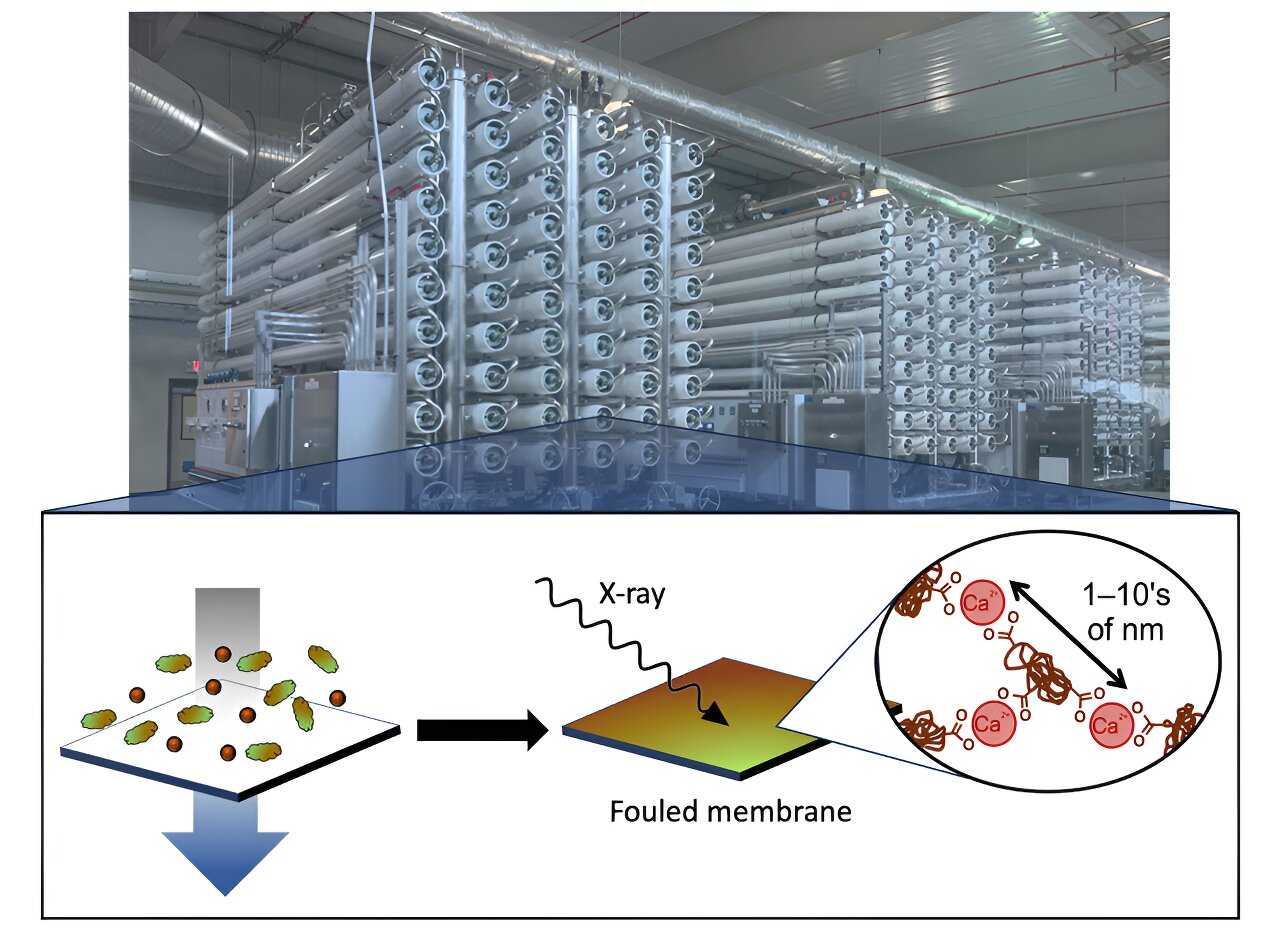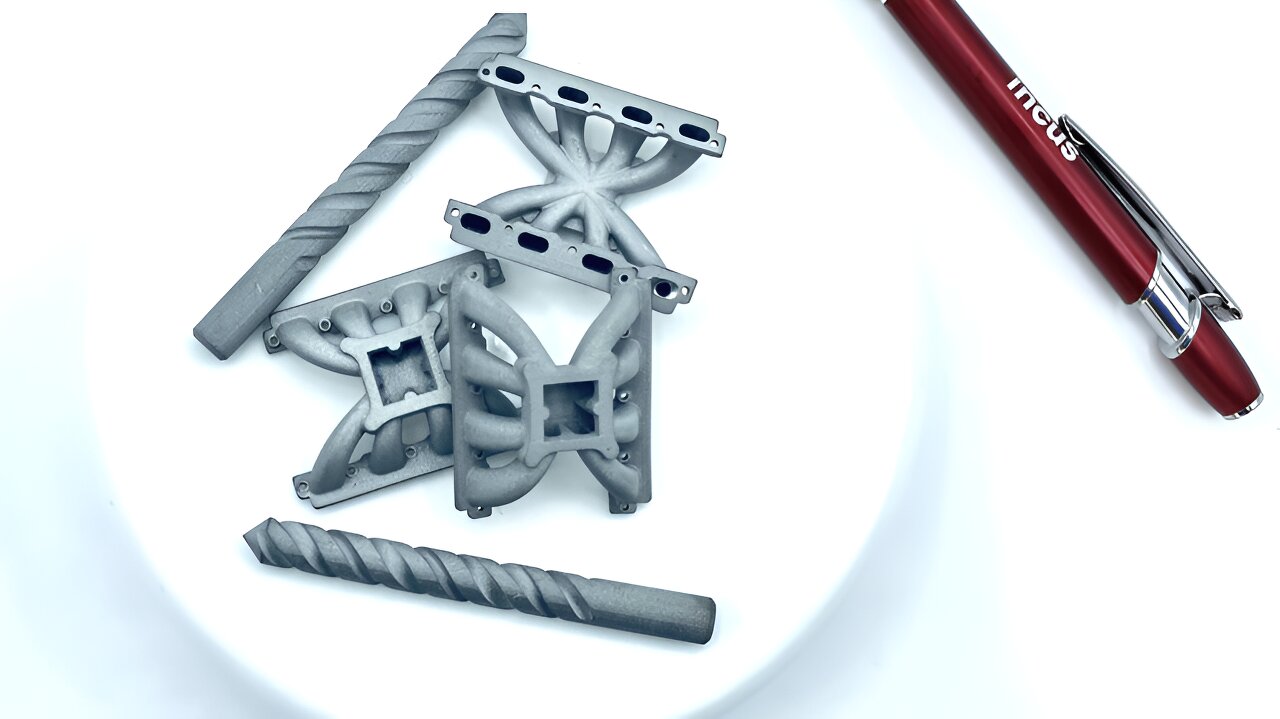Prepare to be amazed! US scientists have achieved another groundbreaking nuclear fusion breakthrough, this time with an even greater yield of energy.
The Lawrence Livermore National Laboratory shocked the world in December with their experimental nuclear reaction that produced more energy than it consumed. This achievement is a major step towards achieving unlimited, clean power and moving away from fossil fuels.
“We can confirm that this new experiment has yielded even higher results than the one in December 2022,” said Paul Rhien, the lab’s public information officer. However, specific figures have not been disclosed.
The lab plans to present these results at upcoming scientific conferences and in peer-reviewed publications. The Financial Times was the first to report this exciting development.
Nuclear fusion has long been hailed as a clean and abundant source of energy that could help combat the global climate crisis. However, there is still much work to be done before fusion can be used on an industrial scale to power homes and businesses.
Unlike nuclear power plants that rely on fission, fusion combines hydrogen atoms to release a tremendous amount of energy, just like what happens inside stars. Specialized devices are used to heat hydrogen to extreme temperatures and provoke fusion reactions.
One of the key advantages of fusion is that it is carbon-free and poses no risk of nuclear disasters. Additionally, it produces significantly less radioactive waste.
In the December experiment, the lab used 192 ultra-powerful lasers to deliver 2.05 megajoules of energy to a tiny capsule containing hydrogen isotopes. The result was an impressive 3.15 megajoules of fusion energy output. However, it’s important to note that 300 megajoules of energy from the electrical grid were required to power the lasers.








